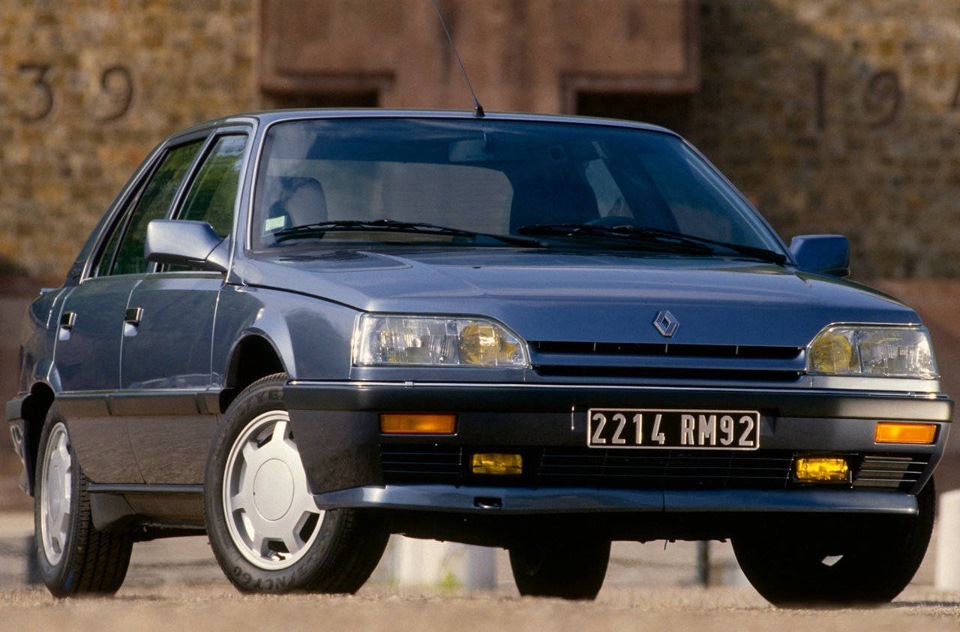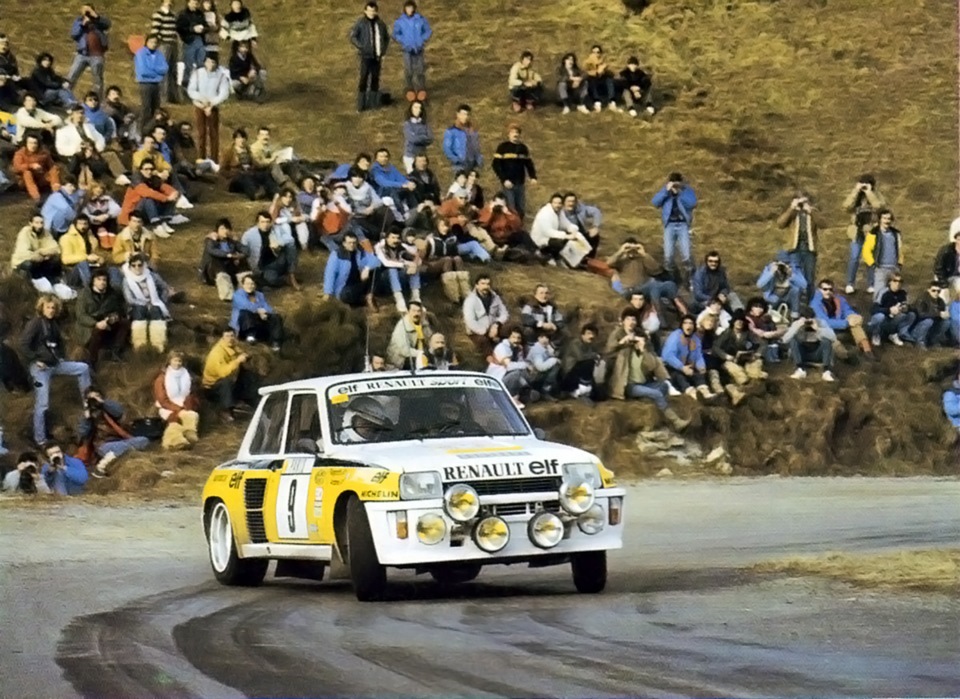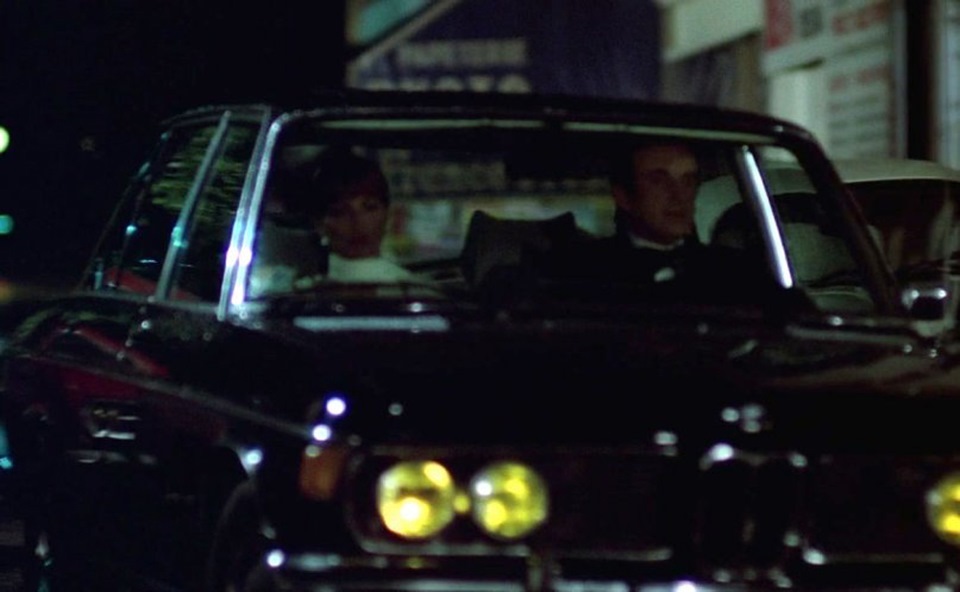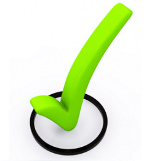Which headlights will help the driver when driving in adverse weather conditions - yellow headlights or white ones, and which of these two colors gives better visibility? As a rule, yellow headlights are used only in fog lights, because it is prohibited for installation on head lighting by the basic provisions for permitting a vehicle to operate.
But pure yellow headlights, except for fog lights, do not exist. Quite often, head optics use more modern halogen lamps, which give a yellowish tint of light. Xenon headlights provide cold moonlight, more close to white. And if we talk about which one is better not in the color spectrum, but in terms of lighting, then xenon lamps provide better visibility of the road in any situation.
Choosing the color of headlights - what is possible, what is not
GOST standards stipulate that high and low beams of standard lighting equipment must have a white tint. But xenon and halogen lamps, as well as conventional standard optics, were replaced by LED headlights that give yellow light without blinding the driver of an oncoming car. In addition, LED-based headlights provide better visibility in bad weather at night, highlighting the car in the fog and making it more visible. And this is a completely different level of security.
The effectiveness of fog lights depends on the color of the luminous flux. Modern ones are allowed for installation as additional lighting, and many car owners integrate them just at the level of head optics. The use of yellow is due to the fact that it is directly related to wavelength yellow tint. This property provides improved illumination, and since fog lights can be used with low beam headlights, in case of poor visibility, drivers turn them on, providing themselves with a good view.
 Along with yellow fog lights, white ones are also used, which have a greater illumination range and, along with yellow ones, are better able to “pierce” a thick layer of fog. Manufacturers producing PTF today mostly use this color. Greenish, red and blue fog lights cope with lighting worse and, from a functionality point of view, have long since faded into the background. When choosing a color, it is worth remembering that fog lights are still a source of additional, not primary light. Therefore, to the question of which color of headlights is better - white or yellow, the answer will be clear. White color preferable, and it is also allowed by regulations.
Along with yellow fog lights, white ones are also used, which have a greater illumination range and, along with yellow ones, are better able to “pierce” a thick layer of fog. Manufacturers producing PTF today mostly use this color. Greenish, red and blue fog lights cope with lighting worse and, from a functionality point of view, have long since faded into the background. When choosing a color, it is worth remembering that fog lights are still a source of additional, not primary light. Therefore, to the question of which color of headlights is better - white or yellow, the answer will be clear. White color preferable, and it is also allowed by regulations.
Technical part
Selective Yellow - color car headlights. The rules allow the use of both white fog lamps and selective fog lamps on cars. yellow color. At the moment, in Japan and New Zealand, selected yellow is approved for use in low and high beam headlights.

The use of selected yellow color in headlights is due to its ability to improve visibility by removing the blue color of headlight light, since light in the blue region of the range is difficult for the human visual system to perceive. Selected yellow is devoid of the effect of blinding the driver from rain, fog, snow and does not create glare on a wet road.

The X axis is the wavelength in millimicrons; Y axis - eye sensitivity
To obtain lamp bulbs and light filters of selected yellow color, glass with the addition of cadmium sulfide is used.

Soviet ashtray made of cadmium sulfide glass
Story
Les phares jaunes - spécificité française. Yellow headlights are a French specificity.
There is a legend that France began using yellow headlights during World War II to distinguish its vehicles from those of the enemy. French Wikipedia writes about the same thing. However, in the same article, it is also written that France adopted a law on the use of yellow headlights long before the war - on November 3, 1936. According to this law, the headlights of all vehicles manufactured on or after April 1, 1937 must emit yellow light. The discussion suggests that this was done “for future use”, fearing a German invasion. However, there is not a single official document certifying the military origin of this decision.
Maybe this was intended to be convenient - to distinguish “us” from “strangers” by the color of the headlights. However, the “outsiders” used these differences just as successfully to their advantage - yellow headlights made the French easier prey for the Germans. By the way, in the same wiki discussion it is noted that the Germans forced the French to use white headlights during the occupation.



Reanult 5 Group B
Yellow was returned to French headlights towards the end of the war. And the point is not even that yellow is “useful” in fog and does not create glare on a wet road. The unofficial, real reason was that yellow headlights are a fancy Frenchness - a French "trick", a feature, a national style.

In my opinion, BMWs look the most colorful

The Yellow Headlights Act was repealed on 1 January 1993, as part of "greater European harmonization". And, if before January 1, 1993, foreign car owners entering France were required to use certain yellow clips ("yellow clips") on the headlights of their cars, then after that everything became the other way around: yellow headlights were outlawed (excluding cars registered before 1993 years - they can safely continue to drive with yellow headlights.
I want too. How to do it?
There are two main options:
- Replacing lamps
- Applying tinting film to glass
- Reflector painting
If you use a regular incandescent lamp, then simply replace it with a lamp with a yellow bulb. The same one made of cadmium sulfide glass. Here is a list of selected yellow lamps:
-
IPF Super J Beam Deep Yellow…2400K
-
PIAA Plasma Ion Yellow…2500K
-
PIAA Solar Yellow…2500K
-
Nokia Hyper Yellow 2500K
-
Solarzen Pure Yellow 2800K
-
MTF Light Aurum…3000K*
*-These lamps are simply more yellow than ordinary ones. The price tag is the most humane, but not at all the same.
Report from our friend on the chord about installing IPF lamps:
www.drive2.ru/l/679563/
It's more difficult with xenon. We can say that the only option is Philips 85122YX xenon lamps. However, this lamp is quite scarce, expensive and is intended for installation only in lensed optics with a D2S socket. Yes, by the way - it is impossible to implement a xenon lamp with color temperature the selected yellow we need, so special glass is used to make the flask.
In general, back in the spring I thought about how to slightly improve the illumination of the road with low-beam headlights. In principle, there were enough standard lamps; they stood Osram lamps with the usual clear glass flasks, but I would like to see the potholes on the roads better. Since I am not a supporter of working on a collective farm with xenon, and halogen lamps more power is bad for standard headlights and the eyes of oncoming drivers, then all that remains is to try lamps with increased light output. After reading reviews on the Internet I bought Japanese ones Koito lamps with temperature luminous flux 4200K they shine with white light
after installing these lamps and a test night ride on unlit roads, it became clear that for 1,700 rubles I got only a beautiful White light if you look at the headlights from the side, the illumination of the road has not become better, but has even become a little worse; on the highway, the light from oncoming or passing cars interrupts the light from my headlights, even when I turned it on high beam(there are ordinary factory lamps there) then the near one somehow dissolved in the yellowish tint of the distant one. Driving with such light is generally tolerable, but with standard lamps it was a little more comfortable in terms of the fact that there was less strain on the eyes on unlit country roads, and in the rain with white lights you generally drive blind, only one road marking is visible, and only if there is one.
In the rain, the fog lights were a good saver; I have yellow IPF 2400K lamps installed there.

they shine openly yellow light and they also illuminate the road in lemon yellow, and after all, fog lights should be fog lights, not flashlights, such lamps should, in theory, be installed from the factory on all cars equipped with fog lights)))
With the onset of autumn, with rain and less daylight, it became finally clear that Koito lamps were not suitable for me and it was decided to change them to cheaper OSRAM ALLSEASON with a slightly yellowish bulb (compared to the lamps in fog lights).

These lamps are not expensive, 300-350 rubles. PC. and as it turned out, they illuminated the road very well with a pleasant yellowish tint, the side of the road immediately became clearly visible, the illumination along the entire contour of the light spot on the road seemed to become wider than with Koito, with white light the extreme points of the light spot on the asphalt were somehow pale. I haven’t driven in the rain yet, but I think that the road will be better illuminated than with koito, which, to be honest, disappointed, I expected more from them, but perhaps they are just not for me, since many write that the light of koito is amazing and better than standard lamps. I’ll probably buy a couple more all-weather lamps as a spare.
That's all, good luck to everyone.
UPD 31.10.14
A small addition on all-season frames:
We were able to test the light bulbs on a country road in conditions of fog and complete darkness; even in thick fog, Osram allseason lamps paired with yellow IPF in PTF illuminate the road elegantly, the yellow light very easily penetrates the fog and well illuminates the asphalt and all its irregularities, allowing you to drive without straining your eyesight , of course, you won’t accelerate quickly since visibility is strictly limited by the low beam contour, but you also don’t have to wander like a mole in milk, but the neighbors on the road with white lamps crawled barely, almost blindly. By the way, the road is now constantly illuminated and neither oncoming nor passing cars interrupt the light from my headlights.
Gas-filled light bulbs from the Japanese company IPF are used on the road surface when different conditions. In this material, we would like to consider light bulbs with a yellowish light or with a rich yellow beam, which provide maximum effect precisely in bad weather conditions, although they can be practical at night.
Why is yellow light more effective in bad weather?
It is believed that in poor weather conditions yellow light is much more effective.
This happens due to the fact that:
- The yellow light does not scatter along the road surface, therefore ensuring a homogeneous and even distribution of the beam.
- The yellow stream, unlike white light, is not characterized by reflection from wet asphalt, which is very important in wet weather or in heavy, heavy rains.
- Warm light does not crystallize from drops of moisture, which is important in fog.
- The peculiarity of yellow light is that it penetrates, passes through fog, through rain, and therefore guarantees better visibility of the roadway.
- Lamps with yellow light are better perceived by the human eye in bad weather, and this also affects increased safety on the road.

Deep Yellow – perfect yellow light
The lamps of this model have a rich yellow light with a temperature of 2400 Kelvin. Such light sources are ideal for use in bad weather and are best installed in fog lights.
The lamp model not only has efficiency in poor weather conditions, but also serves as a vehicle retrofit device. This is not just yellow light, but it is maximally saturated, also thanks to the yellow color of the bulb. Thus, the lamps provide the uniqueness and visibility of the vehicle, expressiveness, which is both modernization and increased safety on the road surface.

Super Clear X6 - Long Life
A lamp that has a yellowish light with a temperature of 3000 Kelvin. This model not only features yellow light, ideal for use in bad weather, but also other features. This lamp model has up to 60% increased service life due to high-quality construction, durable glass bulb, as well as an elongated and reliable filament.
The source can be used both in bad weather and at night, since the light is very pleasant to the eye and does not affect fatigue during long trips.

Super Clear - practicality and quality
A high-quality series of lamps that will amaze you with yellowish light at 3200 Kelvin. Such lighting devices are as similar as possible to the parameters of standard halogen lamps, but have great advantages:
- A strong filament is long and thin.
- Reliable glass lamp bulb.
- Not afraid of vibration influence.
- Provides maximum brightness.
Features and characteristics of compared lamps
| Options | Super Clear X6 - Long Life | ||
| Start of production | 2009 | year 2013 | 2003 |
| Base | H1, H3, H4, H7, H8, H11, HB3/HB4 | N3, N4 (XX series), N11, HB3/HB4 | |
| Colorful temperature | 2400 K | 3000 K | 3200 K |
| Power | 35W-60/65W | 65W-60/80W | 65 W Series XX – 60/80 W |
| Brightness class | 75 W – 135/125 W | 140W-130/150W | 130-170 W Series XX – 150/190 W |
| Usage | In the fog lights. | In fog lights or low beam mode of head optics. | Can be used in head optics for low or high beam modes. |
| light effect | Light passes through the fog and heavy rains, and therefore provides greater safety for the driver. | The light penetrates well through fog and rain, and also provides good visibility at night. | Warm yellowish light provides better illumination both at night and in bad weather. |
| Peculiarities |
|
|
|
 | Possible disadvantages of series with yellow light from IPFDespite the high quality and reliability of the lamps, they also have some disadvantages that you should definitely be aware of. Disadvantages of lamps with yellow light:
|

So why are these lamps better than halogen?
Gas-filled lamps, even with a yellowish light, which is required when installed in cars, still have more advantages compared to poor halogen light sources:
- More reliable design– shelf life.
- Stable operation at any time, the filament is not afraid of the vibration effects of cars.
- More effective light in poor weather conditions.
- Saturation and increased brightness which provides better safety for the driver.
 | Lamps with yellowish light IPF: advantages over xenonDespite the fact that xenon is today the brightest, most saturated and the best light for automotive optics, it is still possible to highlight the advantages of the series with yellow IPF light, such as:
|
What can we conclude?
Despite the fact that now there is better quality automotive lighting that is stable and lasts a long time, provides better brightness and saturation, lamps with a yellow effect from IPF remain relevant and in demand. Neither xenon nor halogen can cope with fog better than rich and yellow lamps from IPF, especially the line with 2400 Kelvin color.

Remember when choosing IPF lamps:
- You don't have to change the standard light wiring.
- Can be used even in plastic headlights, but preferably with a high-quality reflector.
- Remember to ensure that the lamp bases and optics match.
- When installing the lamp, try not to touch the glass with bare hands.
- The best place to install Deep Yellow and Super Clear series lamps is in fog lights.
- To increase the service life of the sources, take care to completely seal the vehicle optics.
- To use gas-filled lamps with xenon inside the bulb, you do not need to buy an ignition unit and other things optional equipment, required for xenon.




